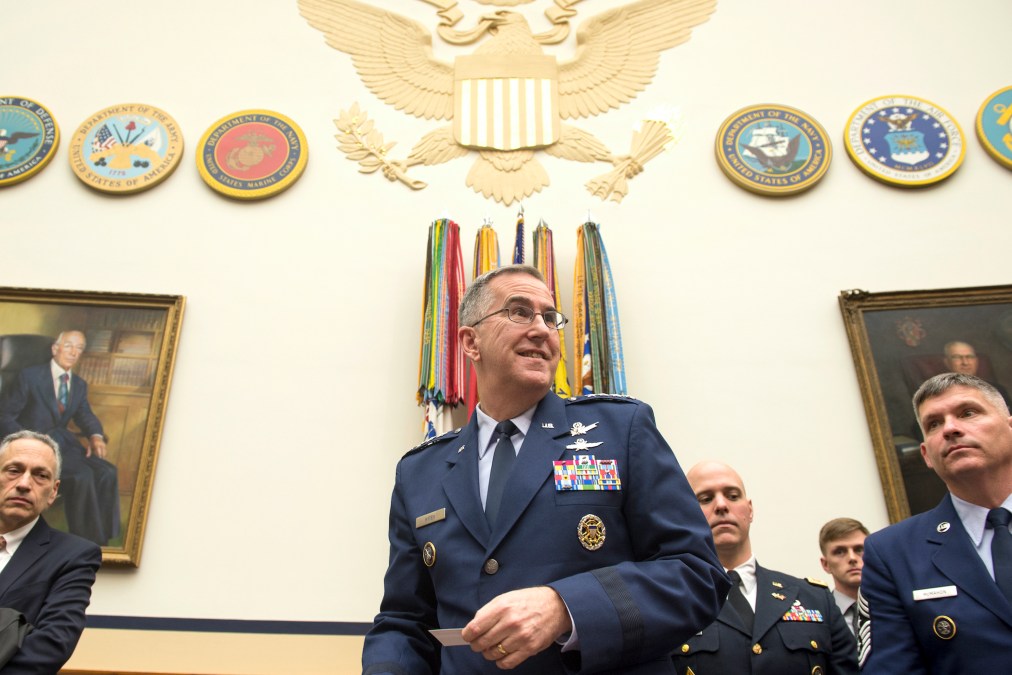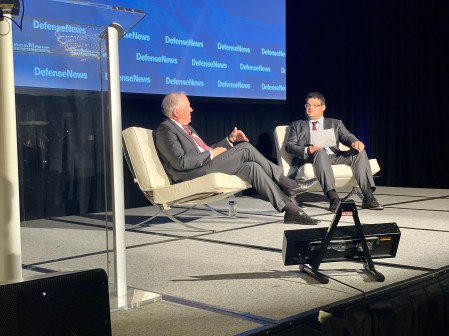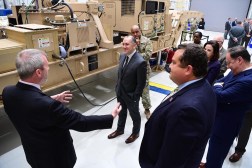Gen. Hyten: Military’s vision for connected warfare must include allies

The military wants to do something it has never done before: build a network-of-networks communications system that will use artificial intelligence to connect operations across air, land, sea, space and cyber.
Build out this futuristic vision for Joint All Domain Command and Control (JADC2) is a tall order. And now, according to the military’s second most powerful general, the concept needs one more thing: It should connect with ally and partner nations so that when the call to coalitions are answered, it is a message that can be translated into coordinated action.
“In order for us to effectively compete with the other great powers, China and Russia in particular, we have to be able to compete in all domains,” Vice Chairman of the Joint Chiefs of Staff Gen. John Hyten said Wednesday during a Hudson Institute virtual event. “It is not all domains singularly — you have to be able to compete in all domains at the same time.”
And competing in all domains at the same time includes working with allies and partner forces, Hyten said.
By linking to allied nations’ militaries, the system must not only have the technical capabilities to interoperate with allies’ networks but also work at a strategic level for leader-to-leader understanding, Hyten explained.
The military hopes JADC2 will bring a new concept of warfighting to bear — one where data flows from every sensor across the battlefield to every shooter and AI can empower rapid decision-making powered by that data. Hyten said he wants to ensure that as the U.S. enters a new concept of warfare, allies will be a part of that picture.
Working with partner nations is one of the pillars of the National Defense Strategy, which designates China and Russia as the U.S.’s long term strategic competitors, in that order.
The U.S. military is developing its own technical capabilities for JADC2 with programs like the Air Force’s Advanced Battle Management System (ABMS). And the body that will determine the interoperability for C2 networks among allied partners is the Federated Mission Networking (FMN) framework, which includes 35 countries plus NATO affiliates, a spokeswoman for Hyten told FedScoop after the event.
“The FMN community collectively determines C2 standards for interoperability,” she said in an email.
The U.S.’s “contribution” to the FMN is a new environment that DOD CIO Dana Deasy unveiled in July. Called the “Mission Partner Environment,” it will be fully deployed by fiscal 2028, Deasy said, adding that there currently are users on the systems around the world sharing unclassified data.
“This is the next generation of how we fight and communicate with our allied partners,” he said.






